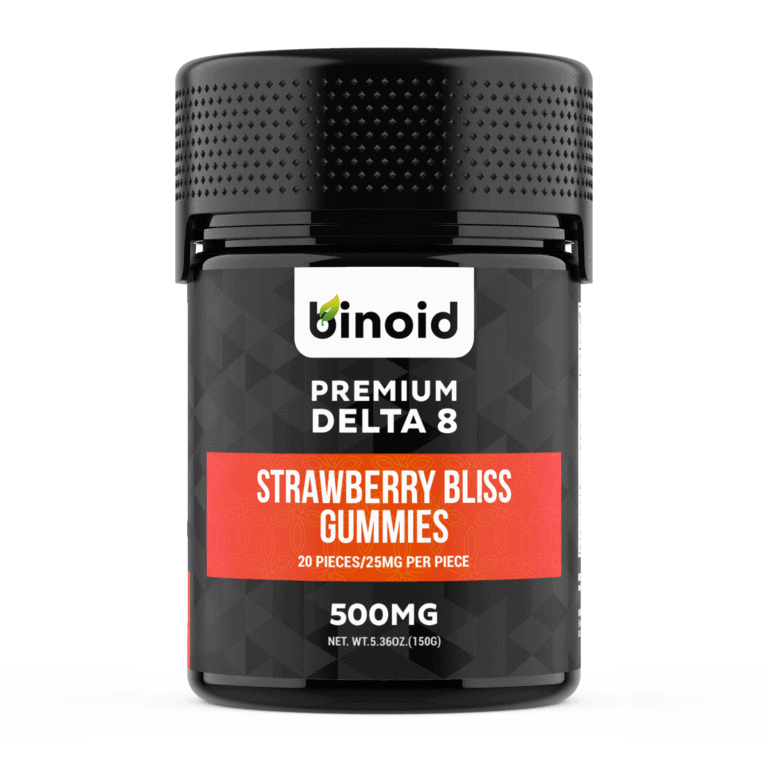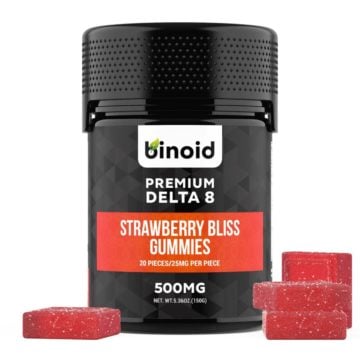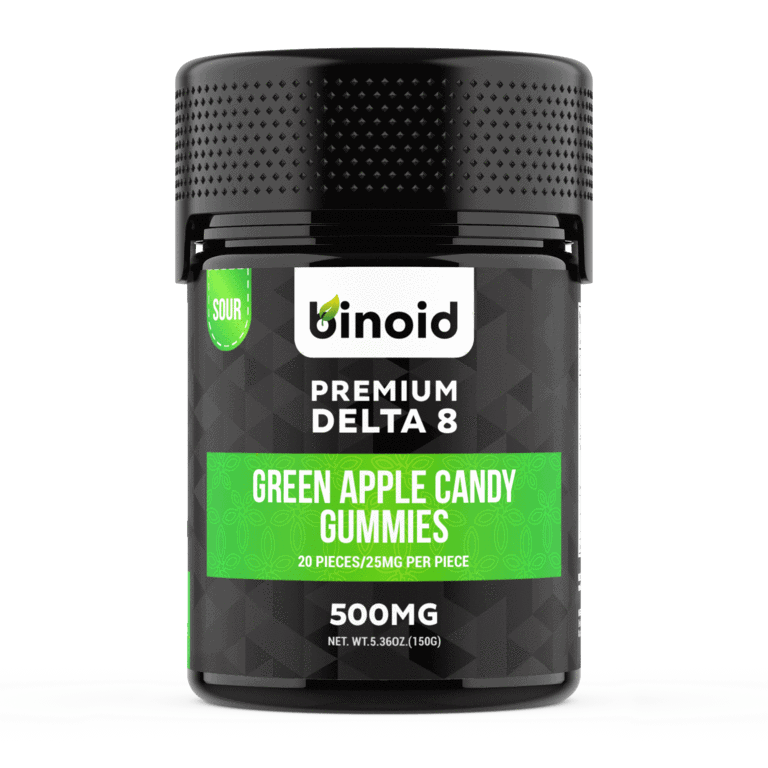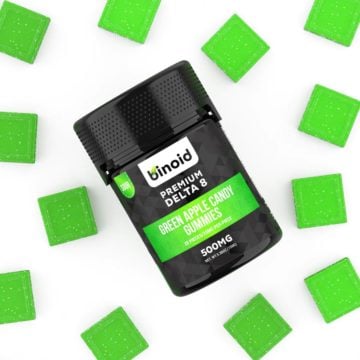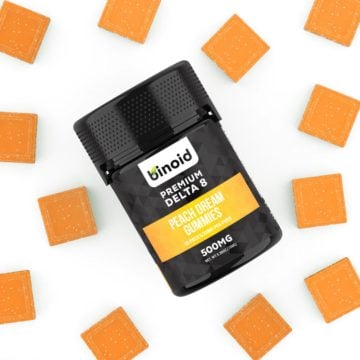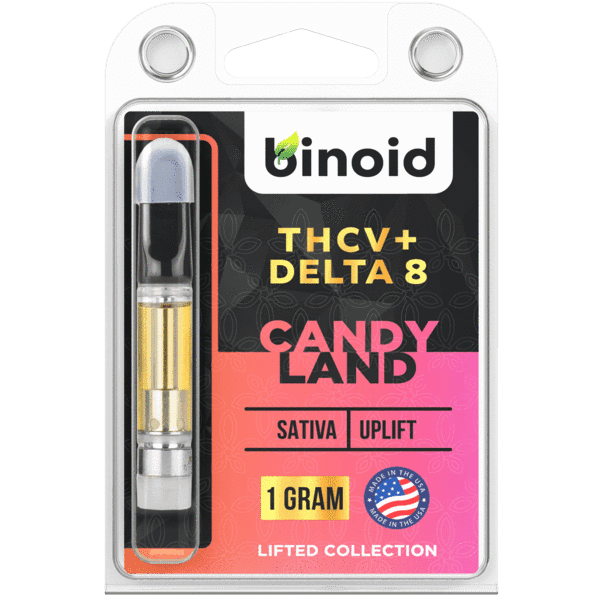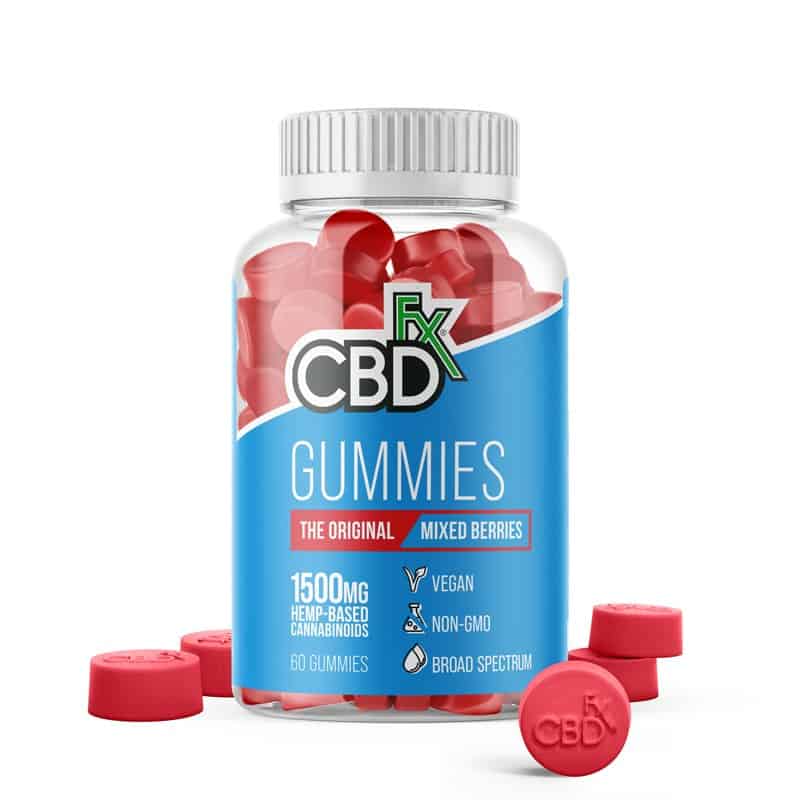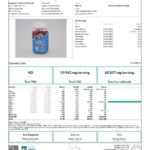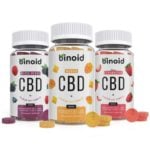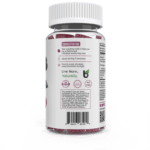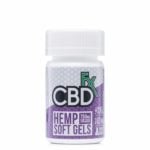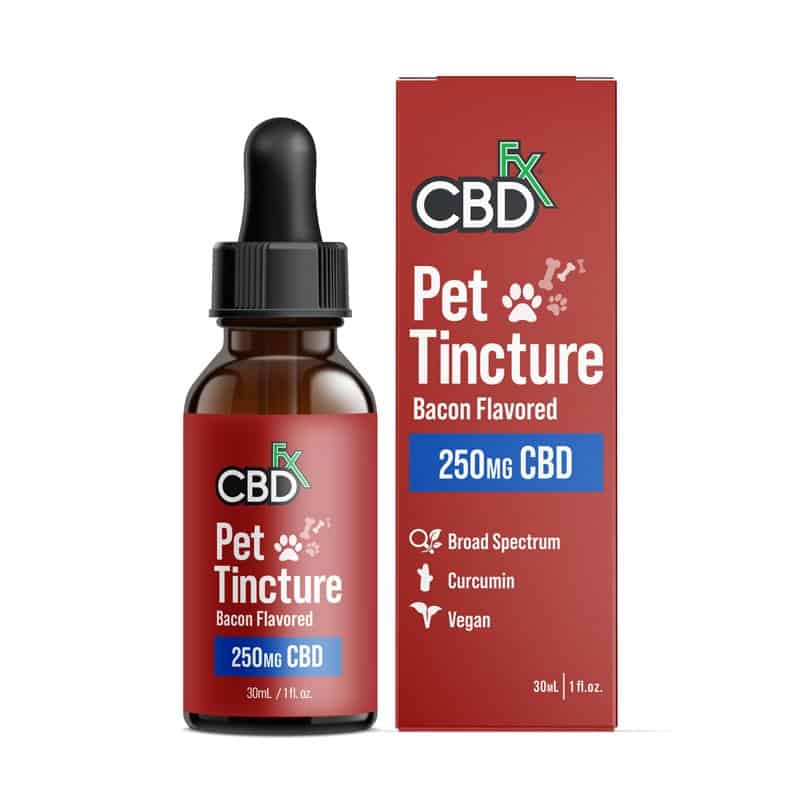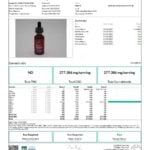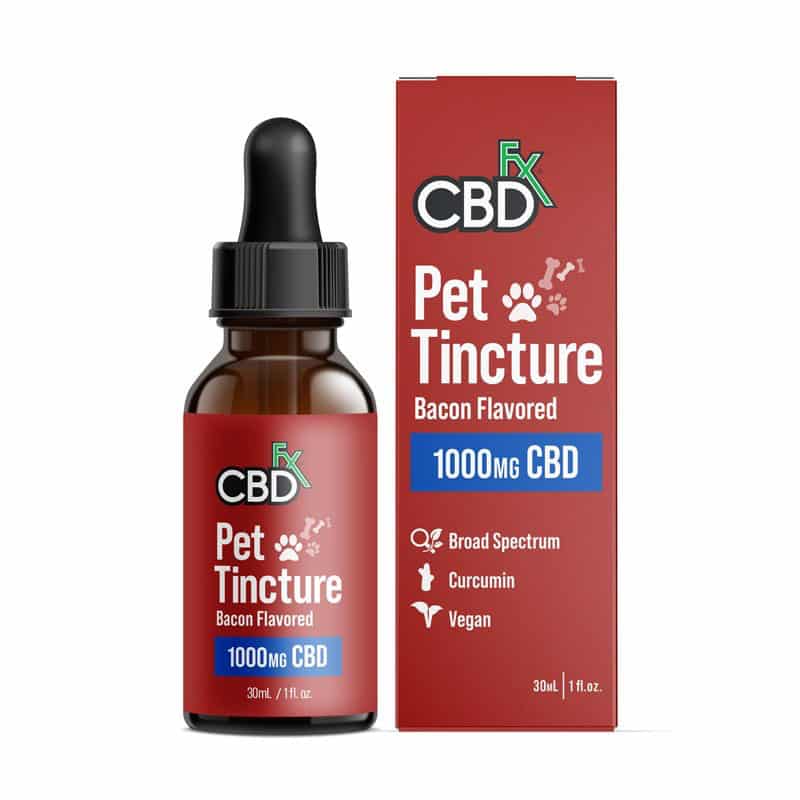
Does HHC-P Get You High
In recent years, a new player has emerged in the world of cannabinoids, stirring curiosity and controversy alike HHC-P, short for Hydroxyhexahydrocannabinol-Δ8. As the popularity of HHC-P products, including HHC carts, HHC gummies, and HHC vape cartridges, continues to rise, questions about its psychoactive potential and safety have arisen. In this article, we delve into the enigmatic world of HHC-P to explore whether it can truly induce psychoactive effects akin to the “high” associated with traditional cannabis use.
This post is intended as information and for general knowledge only. It is not a substitute for medical advice, diagnosis, or treatment. It is recommended that you talk to a healthcare professional about this before introducing cannabinoids into your daily routine (especially if you have been diagnosed with any medical conditions or are under any medication). It is not recommended to drive or operate any machinery when using cannabis- or hemp-derived products. Use responsibly!
What is HHC-P
Before we dive into its psychoactive effects, let’s unravel the mystery behind HHC-P. This synthetic cannabinoid boasts the full chemical name Hydroxyhexahydrocannabinol-Δ8 and possesses a complex molecular structure. It is essential to note that HHC-P is a synthetic cousin of delta-9 THC, the well-known psychoactive cannabinoid found in the cannabis plant.
The development of synthetic cannabinoids like HHC-P stems from a desire to explore the diverse effects that cannabinoids can produce. While delta-9 THC remains the primary psychoactive compound in cannabis, scientists have long tinkered with its chemical structure to create novel cannabinoids with varying properties.
HHC-P can be found in an array of products, including oils, edibles like HHC gummies, and vape cartridges. Its versatility in consumption methods has contributed to its increasing popularity among users seeking unique experiences.
How Does HHC-P Interact with the Endocannabinoid System
To understand HHC-P’s potential psychoactive effects, we must first grasp its interaction with the endocannabinoid system (ECS). The ECS is a complex network of receptors and endocannabinoids within our bodies, primarily responsible for maintaining homeostasis. When we introduce cannabinoids like HHC-P, they interact with the ECS by binding to cannabinoid receptors, particularly CB1 and CB2.
HHC-P’s mechanism of action within the ECS closely mirrors that of delta-9 THC, but there are subtle differences. Both substances have a strong affinity for the CB1 receptor, the primary site associated with the psychoactive effects of cannabinoids. However, HHC-P’s interaction with CB1 receptors may not be as potent or direct as that of delta-9 THC. This variation in binding affinity could account for differences in the psychoactive effects between the two compounds.
Comparing HHC-P and delta-9 THC interactions within the ECS, we find that they share similarities but also exhibit distinctions in their effects. Users report that HHC-P induces psychoactive effects, but these effects may vary in intensity, duration, and overall experience when compared to traditional THC.
Psychoactive Effects of HHC-P
Now, let’s delve deeper into the psychoactive effects of HHC-P. User experiences and anecdotal reports paint a picture of a substance capable of producing a “high” that shares similarities with traditional cannabis consumption. However, there are nuances to consider. Typically, users describe the effects of HHC-P as producing sensations similar to those induced by delta-9 THC. These sensations may include euphoria, relaxation, altered perception of time, and heightened sensory perception. The duration and intensity of the HHC-P high can vary, with some users reporting longer-lasting effects compared to conventional THC.

One notable distinction reported by HHC users is the onset of effects, which might be quicker than that of delta-9 THC. However, it’s essential to acknowledge that individual responses to HHC-P can vary, leading to a range of experiences. It’s crucial to note that the psychoactive cannabinoid in HHC-P is not delta-9 THC but a different compound altogether. As such, the high induced by HHC-P may have unique characteristics, and users’ preferences for it may differ.
Legal Status and Regulation of HHC-P
As HHC-P products gain traction, governments and regulatory bodies grapple with the legal status and potential risks associated with this synthetic cannabinoid. The legality of HHC-P varies from region to region, with some areas permitting its sale and use, while others have imposed strict restrictions or outright bans. Regulatory measures surrounding HHC-P products can encompass age restrictions, mandatory labeling requirements, and limitations on specific forms like HHC vape cartridges. It’s essential for consumers to be aware of the legal framework in their jurisdiction to avoid potential legal consequences.
Moreover, some regions have witnessed legal disputes and challenges concerning the sale and possession of HHC-P products. These cases underscore the complexity of regulating synthetic cannabinoids and the evolving nature of cannabinoid legislation. The legal status of HHC-P plays a pivotal role in determining its availability and accessibility to consumers. It’s crucial to stay informed about local regulations and comply with them when considering the use of HHC-P products.
Potential Risks and Concerns
As with any substance that alters perception and mood, HHC-P is not without potential risks and concerns. Users should approach it with caution and awareness of the limited scientific knowledge surrounding its safety profile. Some reported health risks associated with HHC-P use include the possibility of addiction or dependency, cognitive impairments, and adverse reactions. However, it’s important to note that the available data on these risks are preliminary, and more research is needed to fully understand the long-term effects of HHC-P.
Short-term and long-term side effects reported by users might differ from those typically associated with delta-9 THC. The unique chemical structure of HHC-P could contribute to distinct physiological and psychological responses. The lack of comprehensive research on HHC-P’s safety profile highlights the need for ongoing investigation. Users should exercise caution and stay informed about emerging trends, warnings from health authorities, andany public health concerns related to HHC-P.
Conclusion
In conclusion, the question of whether HHC-P can get you “high” has no straightforward answer. While there is evidence to suggest that HHC-P can induce psychoactive effects similar to delta-9 THC, the experience may vary among individuals. HHC-P’s unique chemical structure and interaction with the endocannabinoid system contribute to its distinct effects.
